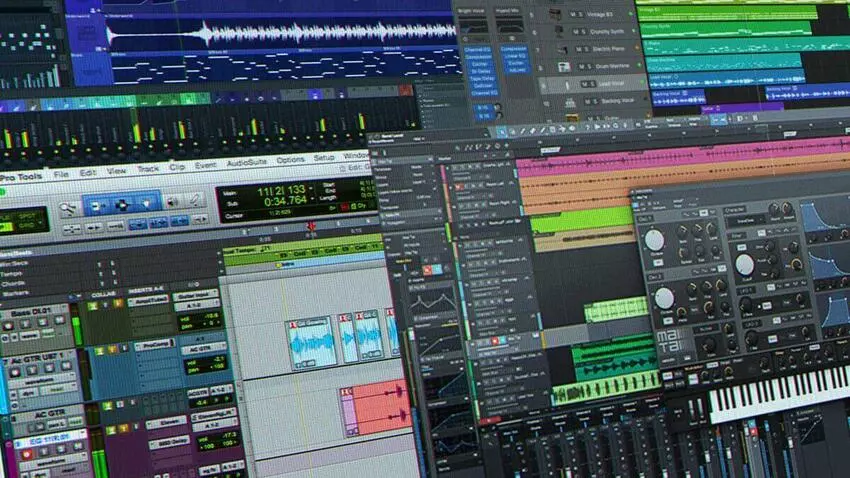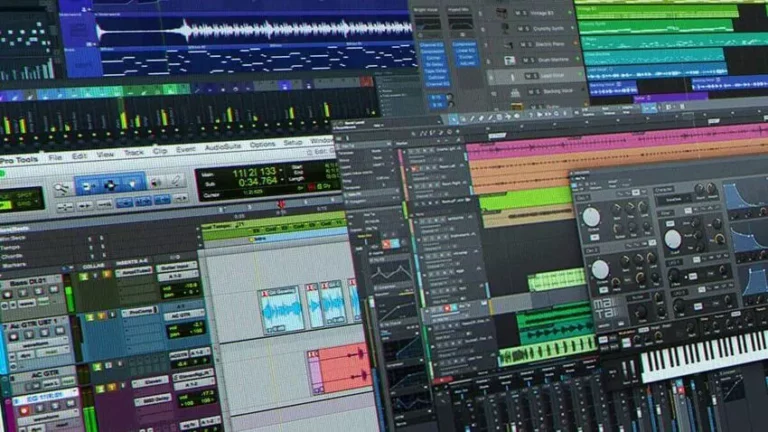In the Part One of this series we looked at the steps involved in exporting your tracks from your DAW in preparation for Mixing. Today we will look at one of the first things to consider when exporting your tracks, processing.
To Process or Not to Process: Including Plugins While Exporting Tracks
One common dilemma when exporting audio tracks for a mix engineer is whether to include any processing or plugins on the tracks before export. The decision for exporting with processing on is normally done on a track by track basis and in general most mix engineers would most likely prefer unprocessed tracks. But for some tracks with special effects or hard to recreate sounds, exporting with processing on them might be desired and should be discussed with the mix engineer.
The decision to process on export depends on several factors, and understanding the pros and cons of both approaches is essential:
Including Processing/Plugins:
Pros:
- Creative Intent: If you’ve applied specific processing or effects to achieve a unique sound that is integral to your song’s character, including them in the exported tracks ensures that the mix engineer hears and works with your intended sound.
-
For Reference: Including processing can provide a reference that gives the mix engineer a better understanding of your vision for the song. This can be especially helpful if you’ve applied significant creative effects like distortion, modulation, or specific reverbs.
-
Consistency: If you’ve used plugins to correct or enhance specific elements, including them ensures consistency across the project. The mix engineer can work with tracks that already have the desired tonal balance.
Cons:
- Reduced Flexibility: The main downside of exporting processed tracks is that it limits the mix engineer’s flexibility. They may have a different approach or a preference for specific tools to achieve a similar result. In such cases, processing applied at the recording and mixing stage can be counterproductive.
-
Overprocessing: If you’ve applied excessive processing or have not fully refined your sound, it may lead to overprocessing during mixing, making it challenging to achieve a balanced and polished final mix.
-
Plugin Compatibility: Compatibility issues can arise if the mix engineer uses a different DAW or plugin set. Some plugins may not transfer accurately, leading to discrepancies in the sound.
Not Including Processing/Plugins:
Pros:
- Maximum Flexibility: Providing raw, unprocessed audio tracks gives the mix engineer complete control over the sound. They can apply their expertise, use their preferred tools, and adjust the processing to suit the song’s needs.
-
Problem Solving: The mix engineer can address any technical issues or sonic imperfections without the constraints of pre-applied processing. This approach is ideal if there are problems like excessive noise, phase issues, or excessive dynamics.
-
Plugin Compatibility: Exporting raw tracks minimizes the risk of compatibility issues and ensures that the mix engineer can work with the material using their own DAW and plugins.
Cons:
- Potential Misinterpretation: Without your processing, there’s a risk that the mix engineer may misinterpret your creative intent. Communication is key in these situations. Ensure you provide detailed notes about the sound you’re looking to achieve.
-
Additional Work: The mix engineer will need to invest more time and effort in processing the tracks to match your vision. This may result in a longer turnaround time.
One approach is to export some of the tracks both processed and unprocessed. This can be useful for allowing the most flexibility for the mix engineer while providing the original sound as initially created for a reference, double track, or blending in with the unprocessed track.
In conclusion, the decision to include or exclude processing and plugins when exporting audio tracks depends on your creative vision and the level of control required for the mix engineer to achieve your vision. It’s crucial to communicate your intentions clearly and consider the mix engineer’s workflow and preferences. Ultimately, a successful collaboration with your mix engineer involves finding the right balance between providing creative direction and allowing them the freedom to shape the sound effectively.
In Part Three of this series we will look at the things to consider when exporting MIDI instruments and drums.
Exporting Tracks for Mixing: A Complete Guide for Musicians and Producers – Part 2
- Part 1: Steps to Export your Tracks for Mixing
- Part 2: To Process or Not to Process while Exporting Tracks
- Part 3: When to Export MIDI directly or Audio while Exporting Tracks
- Part 4: Guitar and Bass – Amps, Direct Input (DI), and Amp Sims





